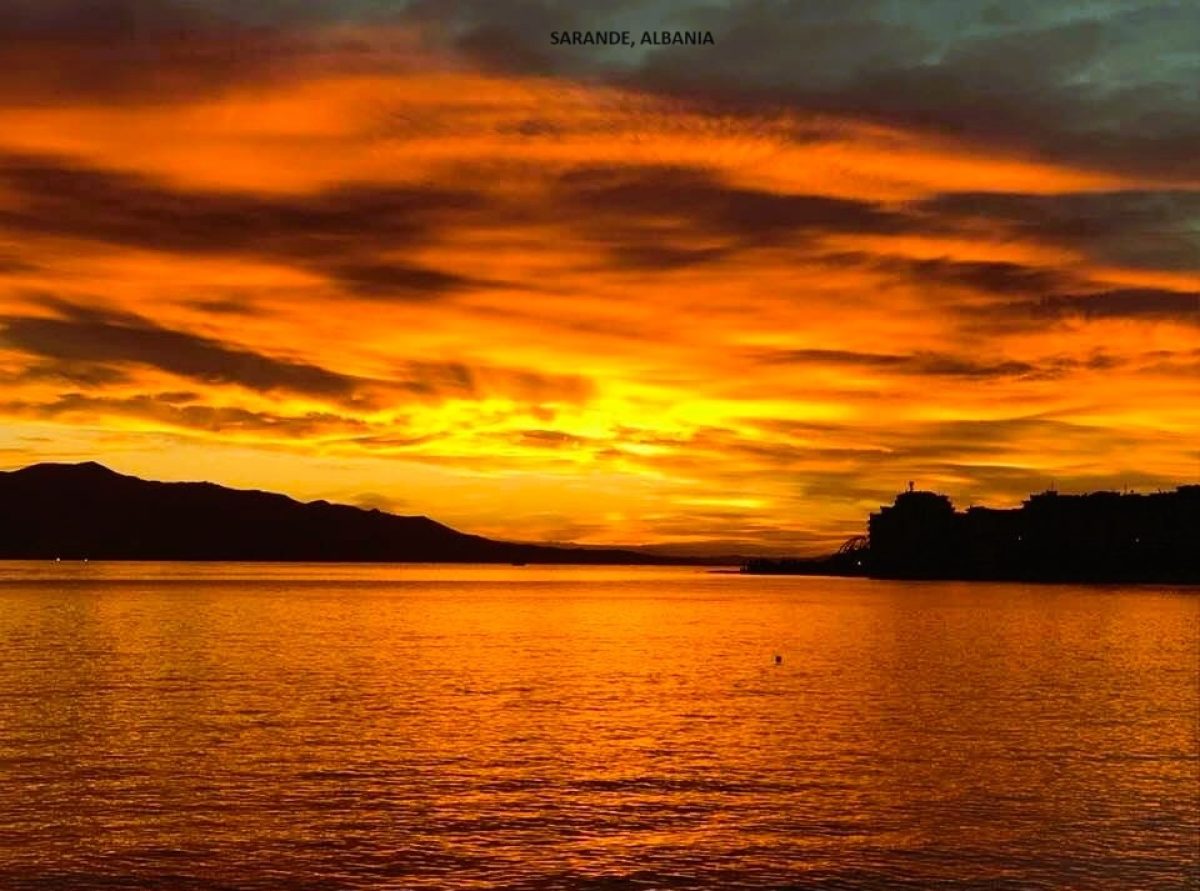And so to tiny Banyuls sur Mer in the foothills of the Pyrenees on the beautiful Vermillion Coast.
The Vermillion Coast (La Cote Vermeille in French) is a jagged shoreline, crammed with rocky coves and small stony beaches stretching some 50 miles from Argeles sur Mer through Collioure, Port Vendres, Banyuls and Cerbere (on the French side of the Pyrenees) to Port-Bou and then on almost to Cadaques (on the Spanish side). During an earlier tour we stayed at Collioure (one of my favourite places in France) and resolved at that time to return to the area and perhaps drive the narrow coast road across into Spain. That’s how it is that we came to be in Banyuls sur Mer.
Banyuls is a tiny picturesque town situated on the edge of a small bay, L’Anse du Fontaule, in the Gulf of Lion. It was a fishing port. It is now a tourist resort albeit, a fairly quiet one (especially out of season). A palm lined promenade, dotted with diverse sculptures (more about those later), curls south around the edge of the bay towards a small harbour. The beach is not one of the best I’ve ever seen. It’s a mix of rough almost gritty sand and stone, so typical of beaches in mountainous areas, but it is clean and the water is almost crystal clear

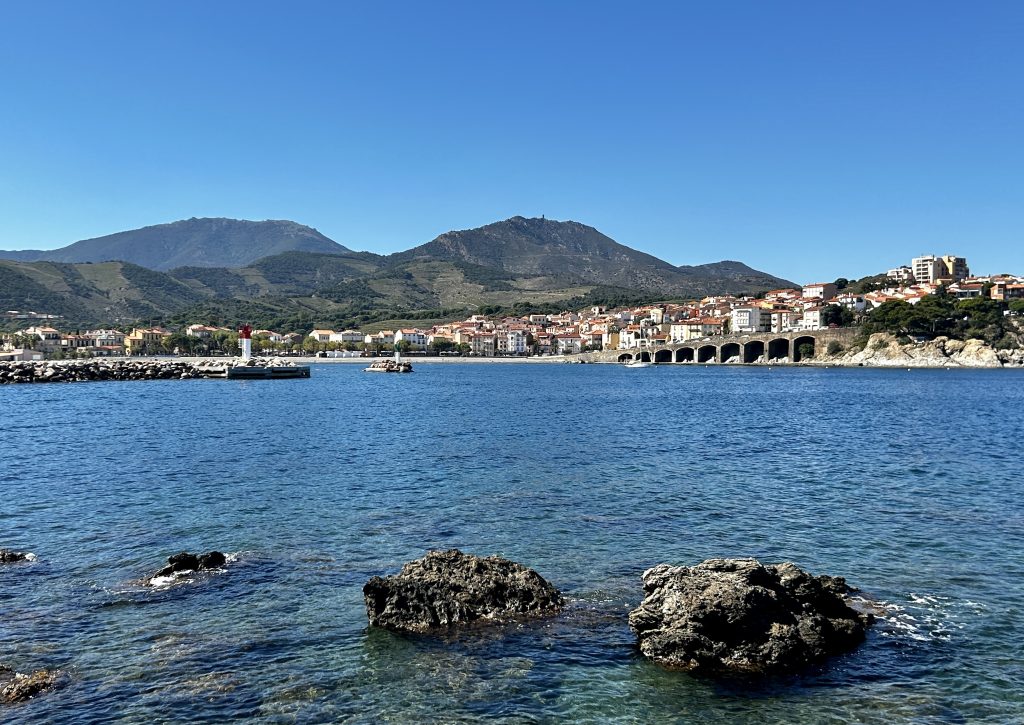
George Orwell is said to have described Banyuls sur Mer as “a bore and a disappointment” but that was a long time ago when he was on his way back from the Spanish Civil War. The fact is, Banyuls doesn’t attract the large crowds that either Collioure or Argeles sur Mer does. It’s a little off the beaten track and doesn’t have the distractions of it’s larger neighbours but that is not to say it is boring and/or a disappointment. This is particularly true if you are into either the local wine (there are countless vineyards and wines to experience) or hiking (Banyuls marks the end of the GR10, an exhilarating 850 kilometre trek along the length of the Pyrenees). In fact, lovers of wine and walking can enjoy both at the same time in Banyuls by walking the ‘Cote Vermeille Wine Route’. That would be neither a bore nor a disappointment to me. I think ‘intoxicating’ is a more appropriate description.
Banyul’s doesn’t have the grand villas that so many French coastal towns are graced with and neither does it have such an abundance of colourful, flower bedecked fishermen’s cottages that certainly Collioure has but; it has plenty of sea front bars and restaurants from which to sit and watch the world go by and; there are even more on the Rue Saint Pierre which runs parallel with what I will call the Corniche (since I don’t know the name of the sea front road).
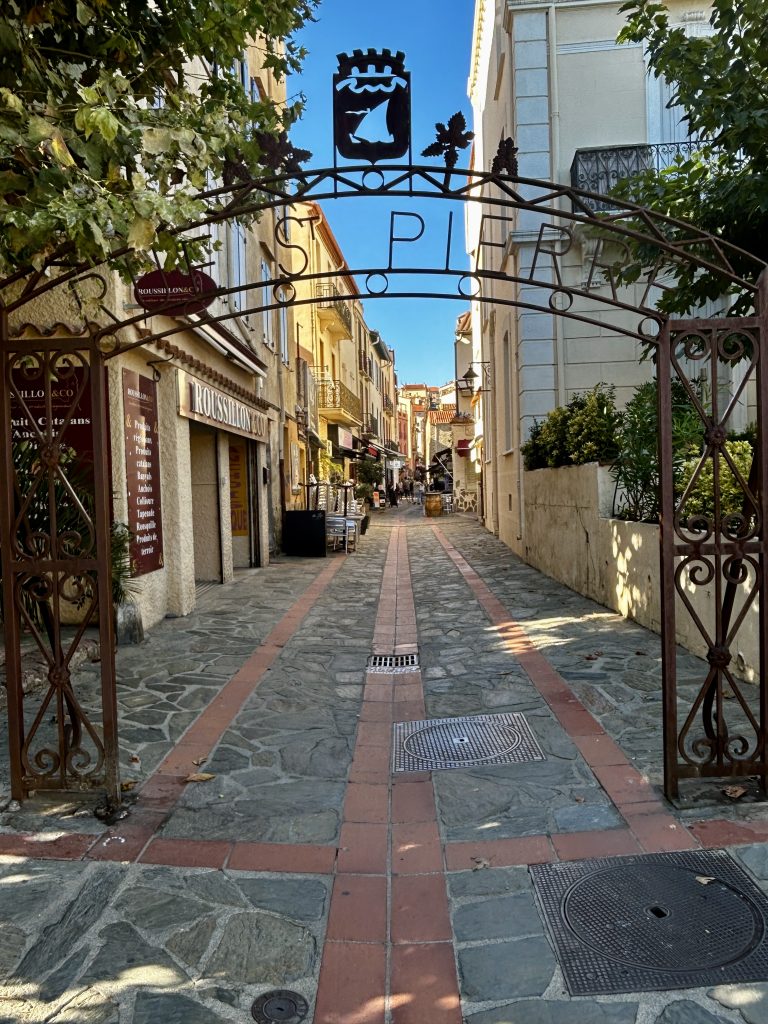
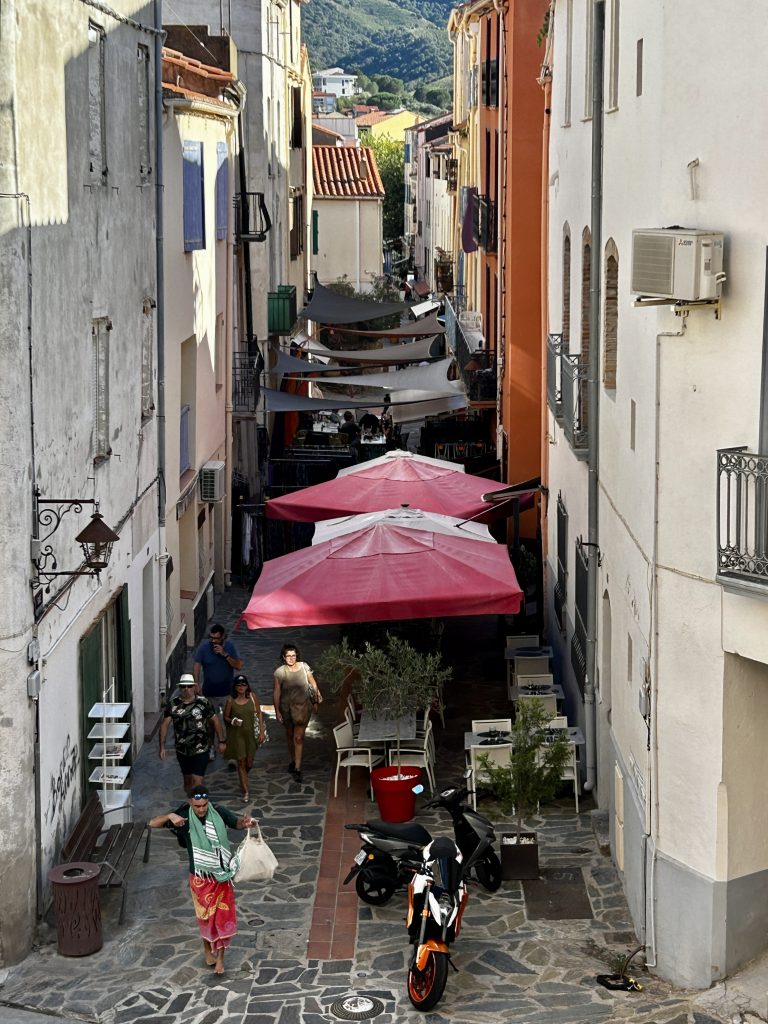
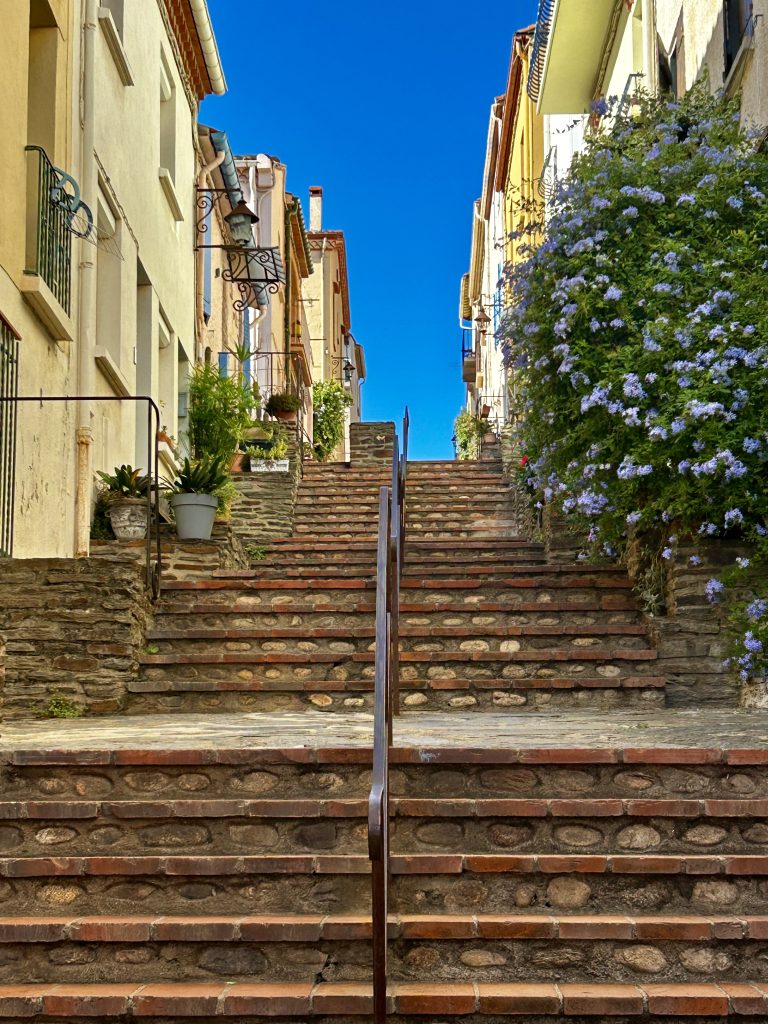
I’ve mentioned already that this is a famous wine producing area. It’s most renowned product is an unusual red fortified dessert wine known simply as ‘Banyuls’. Banyuls is made with a mix of grapes, never less than 50% Black Grenache (75% for the Grand Cru), which are left on the vine until they shrivel, like raisins. This helps to concentrate and intensify the deep fruit flavours. A particularly interesting feature used in the production of certain Banyuls (e.g. Banyuls Grand Cru Doux Paille) are the glass barrels known as “Dame Jeanne” or even “Bonbonnes”. They serve to ensure the wine is exposed to direct sunlight. When ready for consumption, Banyuls pairs exceptionally well with chocolate, be it a cake, a sauce or simply a strong bar of plain chocolate. The proof is in the pudding (Sorry, I couldn’t stop myself).
Of course, I had to try the local wines and in this regard I called in on one of the more prominent wineries (Cave L’Etoile), visiting first their beach hut bar (where better to sample wines?) and then their production centre and shop on Avenue De Puig Del Mas. And, yes, of course I bought a bottle or two.
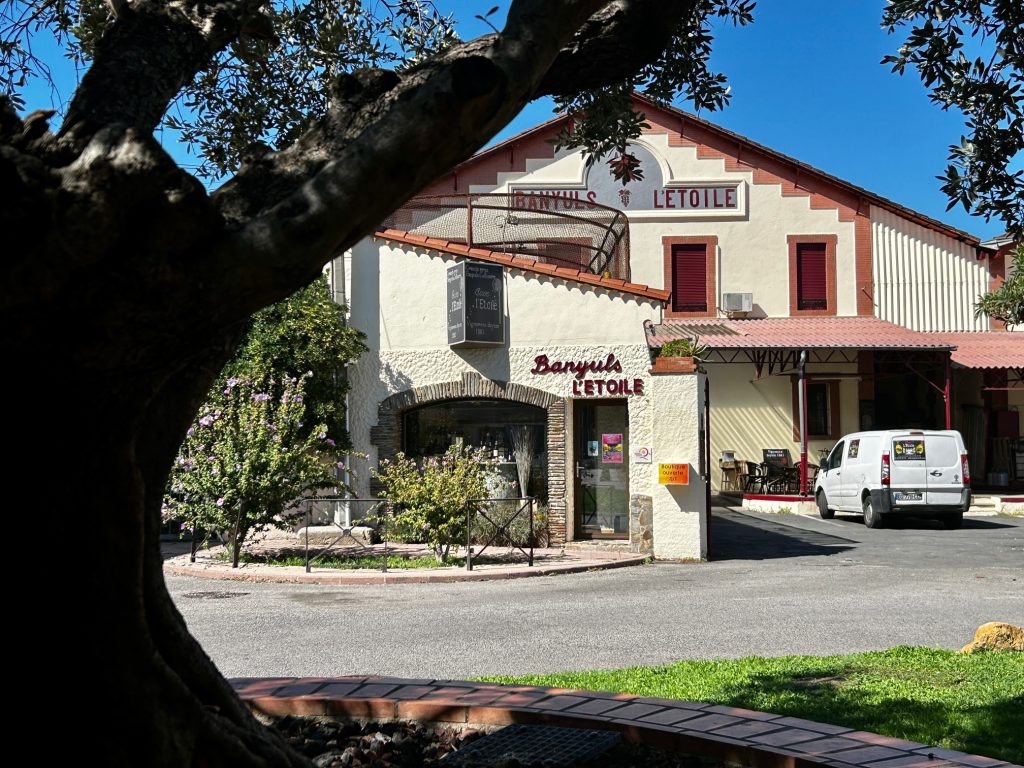
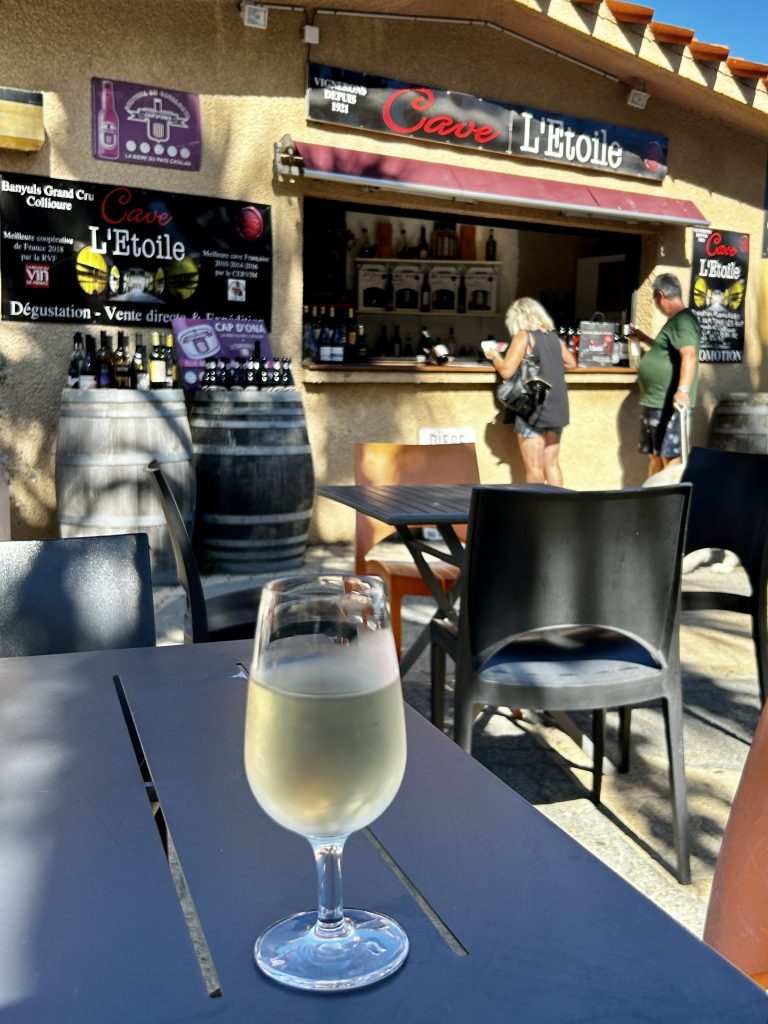
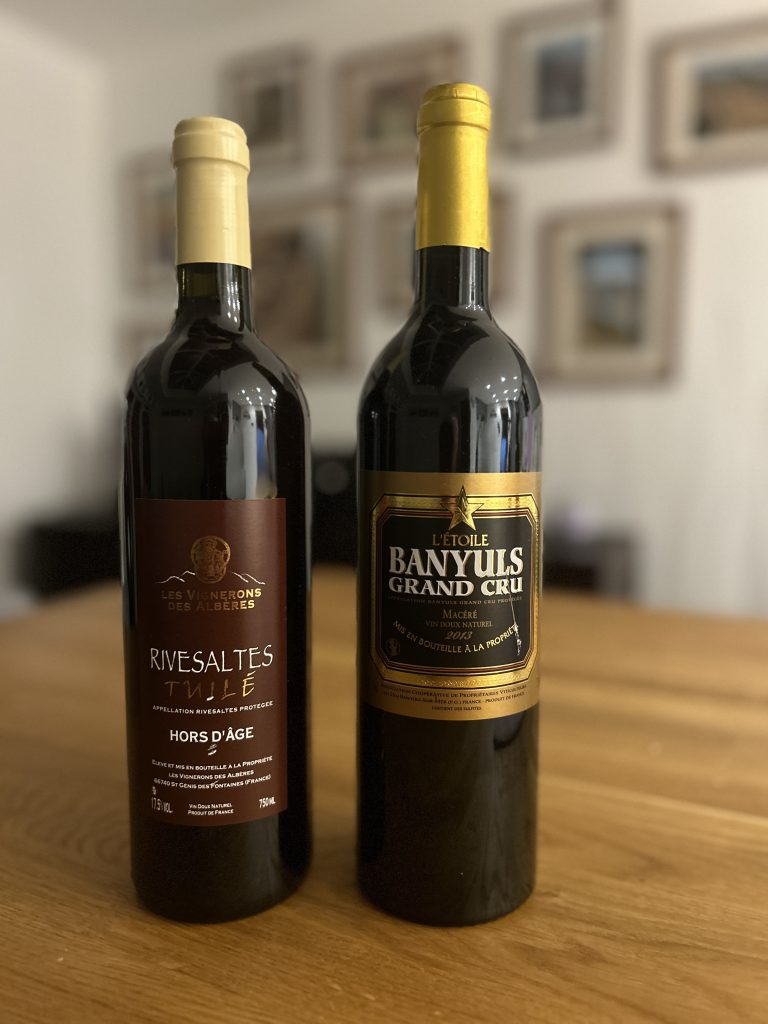

I also mentioned previously that the promenade in Banyuls Sur Mer contains a number of sculptures. Three of them are the work of Aristide Maillol, sculptor and painter who was born, lived and died in the town (1861 to 1944). He was a friend of Matisse and Derrain (whom I wrote about in my blog on Collioure) but also Picasso, Dali and, not forgetting, Dina Vierny (muse, model, avid art collector, museum director and member of the French resistance during WW2). Amongst other things, Dina Vierny was instrument in establishing the Maillol Museum in Banyuls.

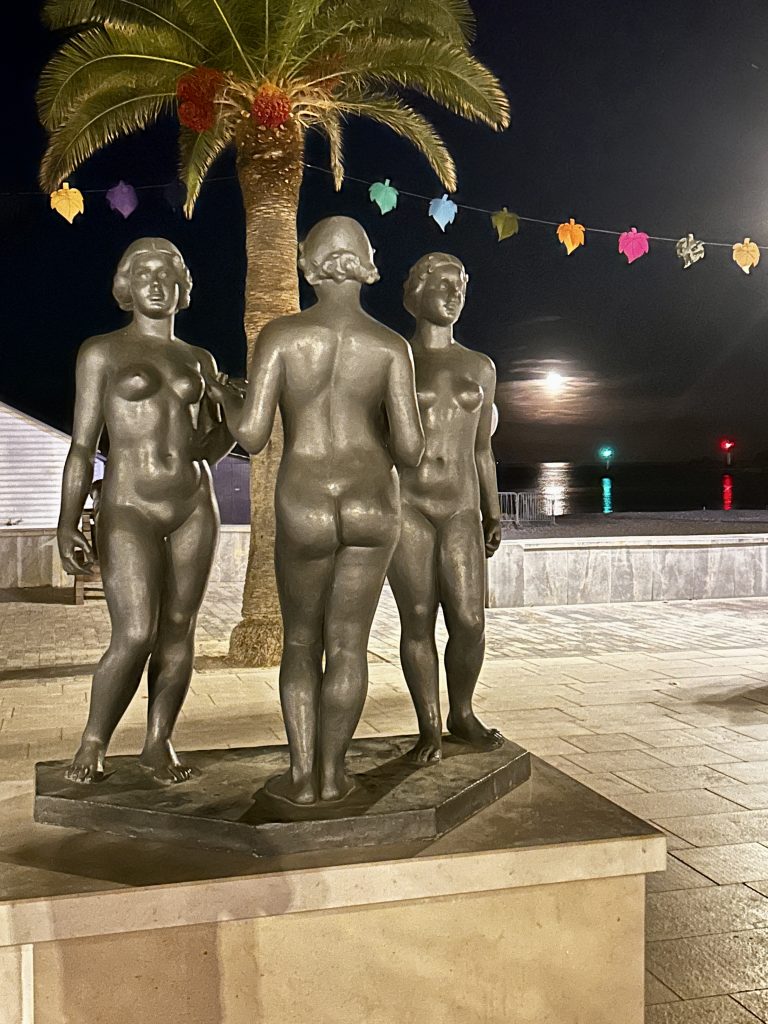
I thoroughly enjoyed our time in Banyuls sur Mer. We stayed two or three nights and in keeping with the promise we made when last visiting the Cote Vermeille we used one of the days to travel the coast road down into Spain (visiting the pretty little town of Roses). The journey was everything I hoped it would be but that’s the subject of the next blog. I cannot finish this entry without writing something about the food.
We tried a couple of restaurants on the seafront but the one we enjoyed the most was La Table de Jordi. The service was first class, the wine was good (from Collioure) and, for the most part the fish was very good. My only disappointment was with the oysters (skinny, flat ones) but the rest of the food… the sea bass, monkfish, mussels and langoustines were superb.
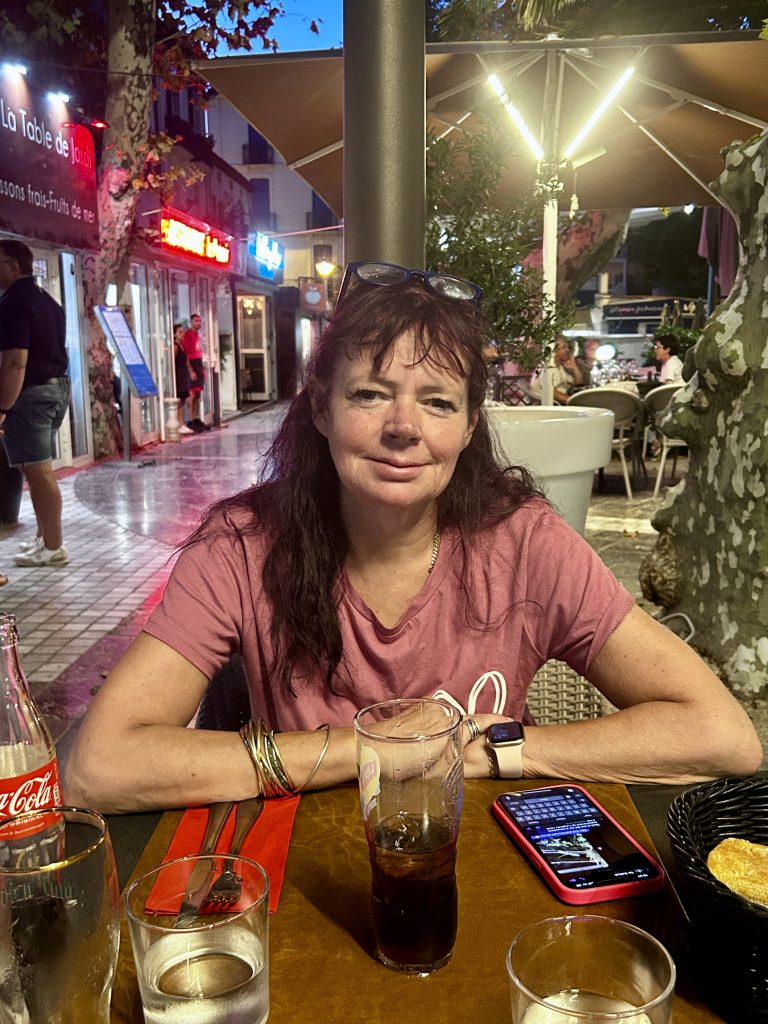
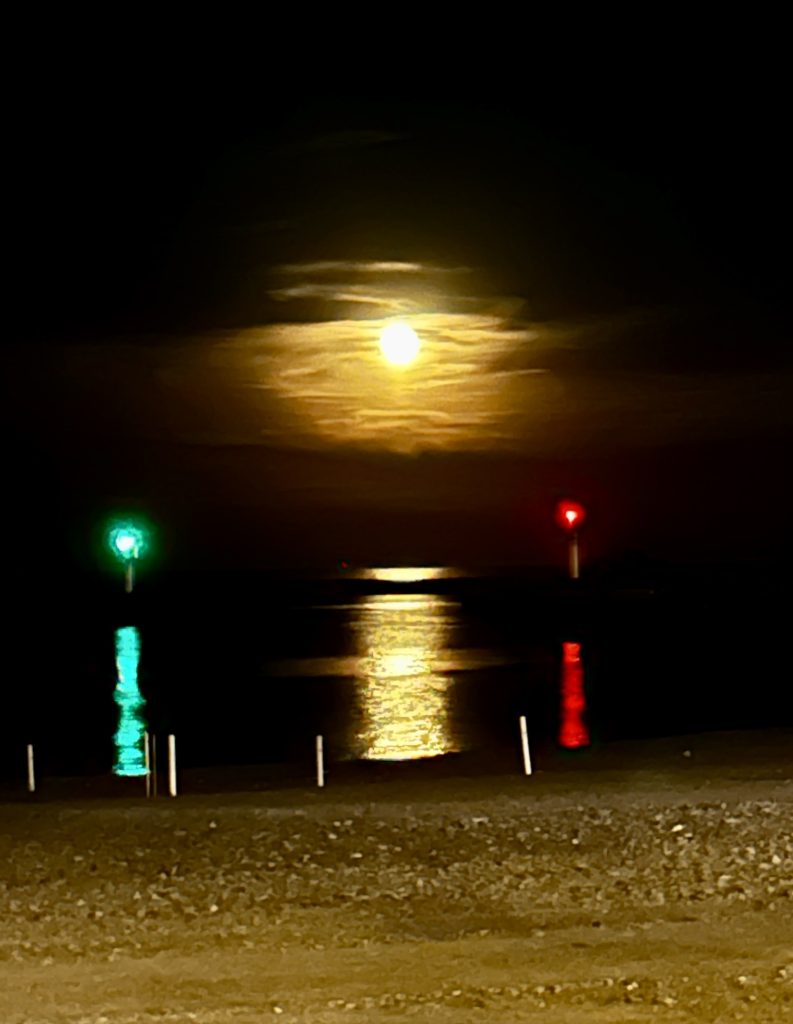
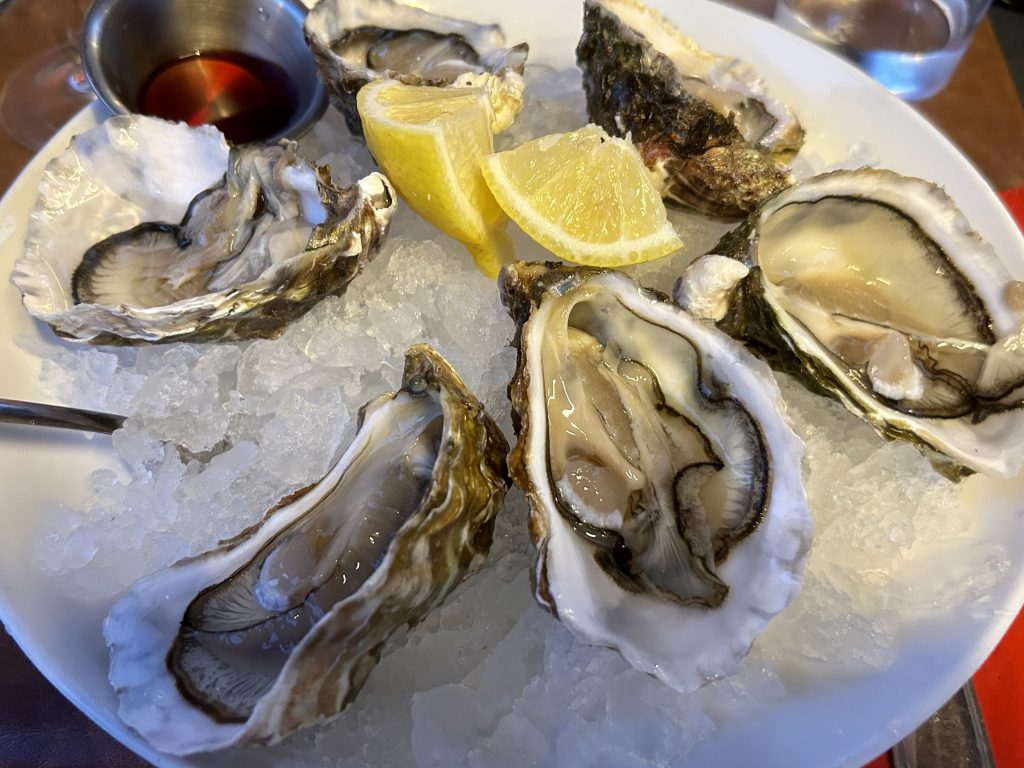

Roses next.

